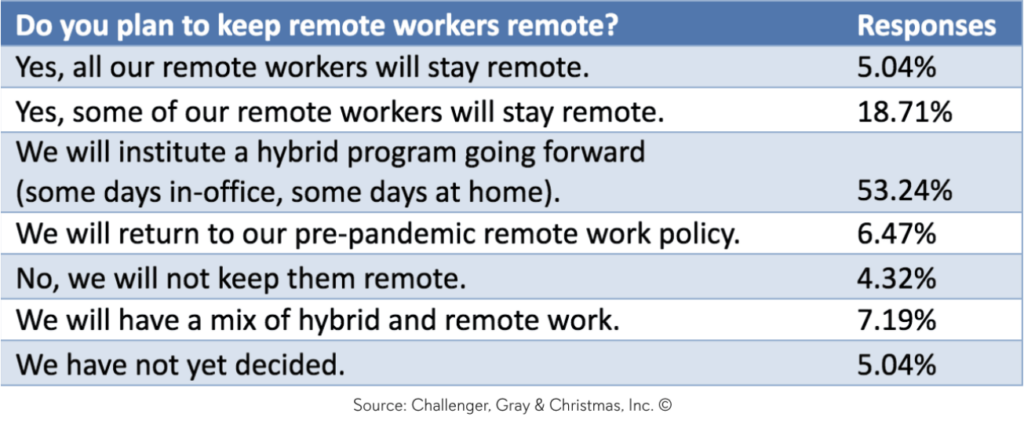For most of us in the workforce, home is not only a break away from the office, but also a place to refresh ourselves for the next day in the office. Within its walls, the sanctuary of home forms a bubble for us to unwind and keep out the noise of everything else. Yet, the push for simplifying our way of life has allowed us to see that we can do more without having to commute to the office. We can do more in our bubble.
The idea of working from home (WFH) or “telecommuting” was introduced in 1979, when five IBM employees worked from home as an experiment. They were able to complete their work in a timely manner thus inspiring other companies to consider the same principle.
In 2020, the coronavirus pandemic sparked widespread panic among businesses; they were unsure how to keep afloat, effectively maintain a safe work environment, and manage their reputation in the public eye. WFH seemed like the only solution, but it was not as cut and dry for everyone. Workers in factories and retail/service were required to be in person to do their jobs. As a result, the majority of people that worked from home October 2020 to April 2021 had white-collar jobs according to a Gallup panel.
Many of those with customer-facing and manual labor jobs found it difficult – if not impossible – to WFH. In light of this, many companies developed ways to counteract this ‘unfairness’ by incentivizing their workers during the pandemic. These included giving more training and opportunities for career growth, as well as providing meals for workers and their families. Despite these efforts, however, some workers felt as though prioritizing their health would put their job at risk.


Even GWL Advertising took the risks of the pandemic into account. The entire team began WFH in March of 2020 after fast-tracking a new online project management software to facilitate this transition. The team continued to WFH until the necessary safety precautions were in place; and in June, about half of the employees returned.
GWL’s Senior Copywriter, Mary Bogie, mentioned that although she was apprehensive about WFH, it was “a dream come true” for her dog, Marnie, who lapped up the extra time with her human. In addition, WFH allowed Bogie to complete household tasks like throwing in a load of laundry in between intervals of work which she says actually improves her creative productivity. She no longer had a hard “quitting” time and felt comfortable working longer, more flexible hours.
Account Manager Lauren Bradbury joined the GWL family in March of 2020. She only worked in the office for two weeks before she had to WFH. As a result, it’s fair to say she participated in more web meetings in 2020 than she has in her entire career. According to a BBC article, the webchat company, Zoom, “was up 370% (in the last three months of 2020) compared to the same period in 2019, hitting $882.5 million.” While some companies were dissolved by the pandemic, others heavily profited.
Jorge Zavala, Senior Social Media Manager, had similar thoughts. He expressed that although he loves seeing his coworkers in the office, WFH motivated him to focus on his tasks without the inevitable “day-to-day distractions.” A recent Air tasker survey reveals that “remote employees work 1.4 more days every month, or 16.8 more days every year, than those who work in an office.” Before the pandemic, Jorge believed that he had to be ‘at work’ in order to feel productive, but now, he has learned to be productive at both locations.
Although GWL Advertising did not have much choice in its response to the pandemic, it began to see the advantages of WFH even after it was safe to return to work. That is why the co-owners, President Christy Vandergriff and Vice-President Julie Barnett decided to implement a hybrid work model moving forward, giving employees the ability to choose when to WFH as long as it doesn’t interfere with workflow or client expectations.
GWL Advertising is not the only company to adopt this hybrid model. A study in March by Challenger, Gray, and Christmas Inc. revealed that 53.24% of companies planned to institute this hybrid work arrangement in 2021.


As business leaders, Christy and Julie want to make sure their company is “always moving forward—never staying put.” They are constantly on the lookout for innovation while maintaining an employee-first approach. With that in mind, this hybrid model is still going to be an adjustment for the entire GWL family.
“GWL will never be a 100% WFH agency,” Julie expressed. “We value personal relationships and collaboration too much.”
“At the end of the day, we have amazing employees that will go above and beyond to make sure our clients are happy,” Christy added. “We are very lucky in that way…to be surrounded by individuals who care so much. It pushes us all and we couldn’t ask for a better team to implement the WFH hybrid model.”
